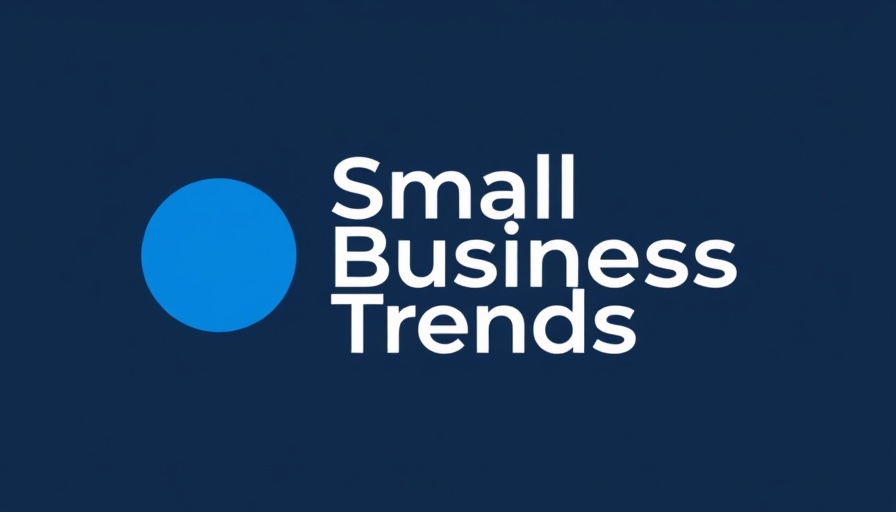
Revolutionizing Video Editing with AI: The New Era
Adobe has just rolled out a groundbreaking suite of AI tools for video editing in Premiere Pro and beyond. With these enhancements, the future of video content creation looks not only exciting but also incredibly efficient. By leveraging AI, Adobe is solving age-old editing challenges that video professionals face daily, allowing storytellers to focus on what they do best.
Key Features That Will Change the Game
Leading the charge is the Generative Extend feature, which allows editors to effortlessly generate and extend audio and video clips, even in high-quality 4K formats. The technology is designed to address one of the biggest frustrations in video editing: creating smooth transitions and filling gaps in footage. “With just a click and drag, editors can manipulate clips with unprecedented ease,” said Ashley Still, Adobe’s VP of Digital Media. This versatility also extends to both landscape and vertical formats, catering to the significant rise of social media content.
The Power of AI: Beyond Video Creation
In addition to Generative Extend, Adobe has introduced Media Intelligence, an AI feature capable of sifting through terabytes of footage in mere seconds. Forget the traditional, laborious searching for clips; this innovation recognizes objects and camera angles quickly, paving the way for faster editing. Filmmaker Ernie Gilbert emphasized that this tool helps him reach the cutting stage of projects at lightning speed.
The Benefits Are Not Just Technical
These advancements are not just about making video editing faster; they’re about enhancing the creative process itself. By automating time-consuming tasks, creators have more time to explore their narrative ideas, leading to richer storytelling. This point was further underscored by Justin Barnes, Executive Creative Director at Versus Creative Studio, who noted that the tools have given back precious time to the storytelling process.
A Broader Vision for the Industry
The upgrades don’t stop at Premiere Pro. Adobe’s After Effects is also receiving an upgrade with features like High-Performance Preview Playback and Expanded 3D Tools, making it even more powerful for post-production environments. All these features cater to the ultimate goal: to elevate the quality of video production without compromising the artistic vision.
Conclusion: What This Means for Future Creators
As video content continues to dominate digital media, Adobe’s latest AI integration will undoubtedly shape the editing landscape for years to come. For aspiring editors and seasoned professionals alike, these tools offer unprecedented opportunities to hone their craft. The future is unfolding, and with these new capabilities, the barriers to creating stunning, engaging stories are coming down.
Are you ready to take your video editing prowess to the next level? Embrace these new features in Premiere Pro and unleash your creative potential!
 Add Row
Add Row  Add
Add 

 Add Row
Add Row  Add
Add 



Write A Comment